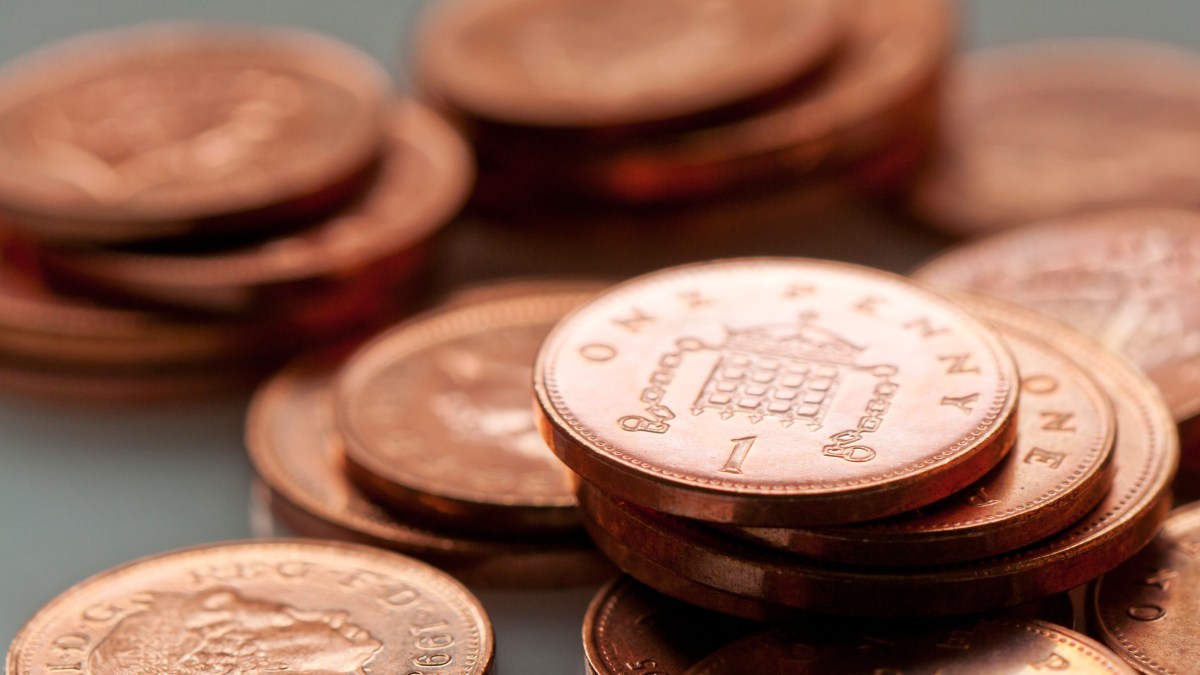Pitiful interest rates and high inflation have wiped an average of 11p off the value of every £1 left in a savings accounts over the past five years.
The financial data firm Moneyfacts said that its calculations suggest that the average savings pot has lost 11 per cent of its value, and it called for the Bank of England to keep its base rate at 2 percentage points above the rate of inflation to stop savers’ money being eroded by inflation.
Moneyfacts said that since 2020 the average annual consumer prices index (CPI) measure of inflation has ranged from a low of 0.9 per cent in 2020 to 9.1 per cent in 2022, while average savings rates ranged from as little as 0.5 per cent in 2021 to 3.86 per cent last year. It said that £1 saved in 2020 that earned the average savings rate would now be worth 89p in real terms after inflation.
It comes as the chancellor, Rachel Reeves, is considering a shake-up of cash Isas to encourage savers to invest their cash instead.
Moneyfacts argued that the Bank of England’s base rate, which affects mortgage and savings rates, should be set at about 2 percentage points above the CPI measure of inflation, which the Bank aims to keep at 2 per cent.
Adam French from Moneyfacts said: “The Bank of England must play its part in setting sustainable rates that reward savers and ensure a steady supply of deposits which can be used to fund mortgages, loans and other consumer credit products.”
Bank rate was at historic lows from 2009 for more than a decade — bad news for savers but great for anyone with a mortgage. It then rose rapidly from its all-time low of 0.1 per cent in December 2021 to a 15-year high of 5.25 per cent in August 2023 as the Bank tried to tackle inflation, which peaked at 11.1 per cent in October 2022. Bank rate has been cut four times to 4.25 per cent over the past year, and is forecast to gradually fall to about 3.5 per cent by next year. CPI inflation for the past year was 3.6 per cent.
All this has meant that there have not been many times in the past decade when savings rates have not beaten inflation.CPI averaged 9.1 per cent in 2022 but savings rates were 1.48 per cent on average, Moneyfacts said. Savings of £10,000 would be worth £10,148 after a year at a rate of 1.48 per cent, but if inflation was 9.1 per cent, that money would be worth £9,302 in real terms.
French said that during the 12 years between 1995 and 2007 savers enjoyed returns at an average of 2.06 percentage points above the rate of inflation.
• Read more money advice and tips on investing from our experts
Economists and campaign groups disagreed with Moneyfacts’ call to keep Bank rate at 2 percentage points above CPI. They said the Bank had a responsibility to set rates based on the needs of the wider economy.
Julian Jessop from the Institute of Economic Affairs, a free-market think tank, said: “The appropriate ‘neutral’ interest rate should not just depend on what is best for households. A common rule of thumb is that the real interest rate should be set equal to the potential growth rate of the economy, which would point to a rate below 2 per cent.
“What’s more, the Bank’s main job is to control inflation. If this means that interest rates have to be significantly higher than the neutral level for a prolonged period, or significantly lower, then so be it.”
Simon Youel from Positive Money, which campaigns for a more democratic financial system said high street banks, rather than the Bank of England, deserved more of the blame for savers’ poor returns.
He said: “Bank rate was more than 2 percentage points above inflation for much of 2024, but this didn’t mean a better deal for savers — the problem is that profiteering banks resisted passing on higher rates to customers.”
The big high street banks — Barclays, HSBC, Lloyds and NatWest — were repeatedly criticised by campaign groups and MPs for failing to pass on higher interest rates to savers and paying 2 per cent or less on easy-access savings accounts when Bank rate was at its peak.
Barclays now pays 1.16 per cent, HSBC 1.3 per cent, Lloyds 1.05 per cent and NatWest 1.15 per cent on their easy-access accounts. In May last year the Bank of England said the passing on of its higher base rate to easy-access rates had been “partial and slow overall” and that savings rates were about 2.5 percentage points below Bank rate.
Youel said: “High interest rates are a form of economic rent and should be kept as low as possible.
“The Bank of England targeting interest rates of 2 percentage points above inflation would mean households and businesses paying huge rents to banks, and would probably stifle investment and employment.”
For now savers should try to make sure that their money earns as much as possible. The app-based bank Chase is paying up to 5 per cent on an easy-access account, if you already have a current account. GB Bank has a one-year fixed rate of 4.53 per cent.
Anna Bowes from the financial advice firm The Private Office said: “Even though inflation is stubbornly sticky, the good news for cash savers is that there are plenty of savings accounts that are paying more than 3.6 per cent for those prepared to shop around.
“It’s a shame that so many people leave their cash festering in a low-paying account with a high street bank.”
